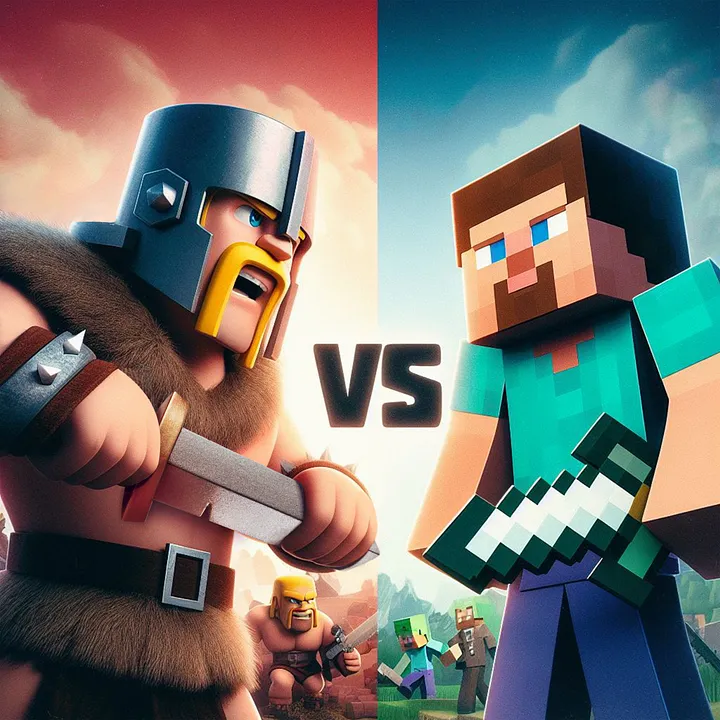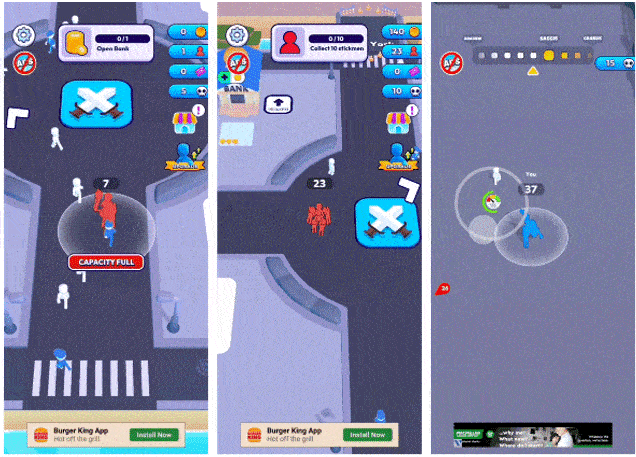
Monetization is the process of generating revenue from a product or service. In the gaming industry, monetization refers to the methods used to make money from games. There are several ways to monetize games, and each method has its own advantages and disadvantages. In this blog, we will discuss the different monetization strategies used in mobile games.
Monetization Strategies Used in Mobile Games
1. Pay-to-PlayPay-to-play is a monetization strategy where players have to pay a one-time fee to access the game. This model was popular in the early days of gaming but has since been replaced by other models.
2. Free-to-PlayFree-to-play is a monetization strategy where players can download and play the game for free. However, the game includes in-app purchases that allow players to buy virtual goods or currency. This model is popular in mobile games and has been successful in generating revenue.
3. SubscriptionSubscription is a monetization strategy where players pay a monthly fee to access the game. This model is popular in massively multiplayer online games (MMOs) and has been successful in generating a steady stream of revenue.
 Free-to-Play Games
Free-to-Play Games Free-to-play games are games that can be downloaded and played for free. However, these games include in-app purchases that allow players to buy virtual goods or currency. FTP games are a great monetization strategy for hyper and hybrid games because they have a low barrier to entry. Players can download and play the game for free, which means that more people are likely to try the game. This can lead to more downloads and more revenue from in-app purchases. Here are some of the most common monetization strategies used in free-to-play mobile games:
1. In-App PurchasesIn-app purchases are virtual goods or currency that players can buy to enhance their gaming experience. These purchases can include new levels, characters, weapons, or other items that can help players progress through the game.
2. Loot BoxesLoot boxes are virtual boxes that contain random items that players can use in the game. Players can purchase these boxes with real money, and the contents of the box are randomly generated. This model has been controversial, as some countries have classified it as gambling.
3. AdvertisementsAdvertisements are displayed in the game, and players can watch them to earn virtual currency or other rewards. This model is popular in mobile games and has been successful in generating revenue.
In-Game AdsIn-game ads are advertisements that are displayed within the game. These ads can be static or dynamic and can be displayed in different formats. Here are some of the most common types of in-game ads:
1. Banner Ads
Banner ads are static ads that are displayed at the top or bottom of the screen. These ads are not intrusive and do not affect the player’s experience
2. Interstitial Ads
Interstitial ads are full-screen ads that are displayed between levels or during loading screens. These ads can be intrusive and affect the player’s experience.
3. Rewarded Ads
Rewarded ads are a type of advertisement where players can watch an ad in exchange for a reward. These rewards can include virtual currency, extra lives, or other in-game items. Rewarded ads are user-initiated and appear at pivotal moments throughout the gaming journey. This approach provides a better user experience because it allows players to choose when they want to watch an ad.

4. Fake Ads
Fake ads are advertisements that show gameplay that is different from the actual game. These ads can be misleading and exaggerate the game’s graphics, making it seem more appealing and interesting than it actually is. Even if as many as 95% of players abandon a falsely advertised game in the first 5 minutes, there will still be 5% that will continue playing it. This can be a sufficient precentage to make this strategy profitable. But some games have found a win-to-win formula: putting those fake ads as meta games or special levels that can be played within the game.

5. Playable Ads
Playable ads are interactive ads that allow users to play a snippet of a mobile game before downloading it. Rewarded playables typically run between 15 to 30 seconds and tend to be more common with mobile game developers that can easily translate their game into a gamified ad. Since users are able to familiarize themselves with what an app has to offer via a playable, users that convert tend to be stickier. The proven value of this “try before you buy” interaction is now being used by performance marketers who don’t even have a game or app .
The wrap-up
Monetization is an important aspect of game development, and there are several strategies that can be used to generate revenue. Free-to-play games have become increasingly popular, and in-app purchases have become the most common monetization strategy. In-game ads are also a popular way to generate revenue, but they can be intrusive and affect the player’s experience.